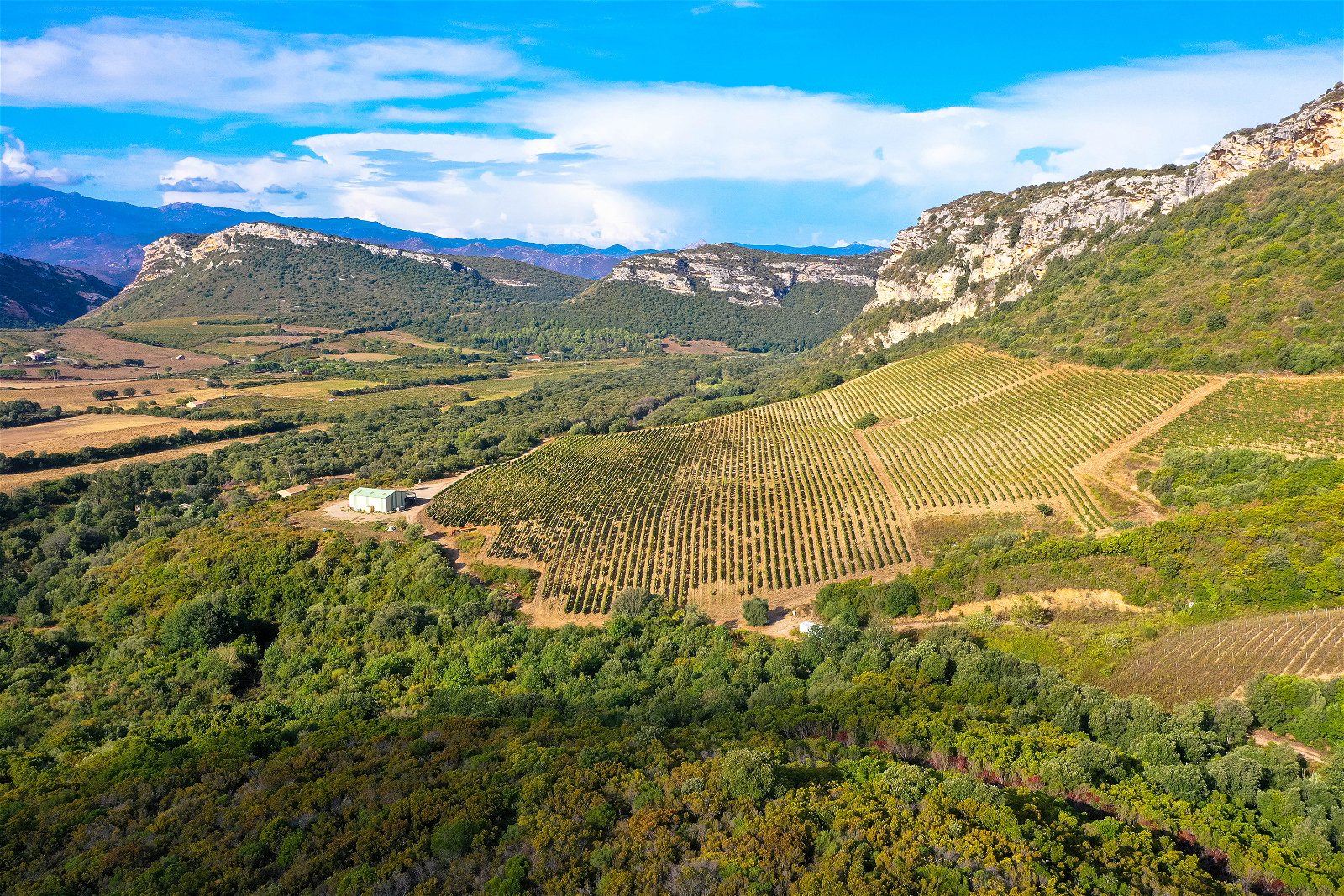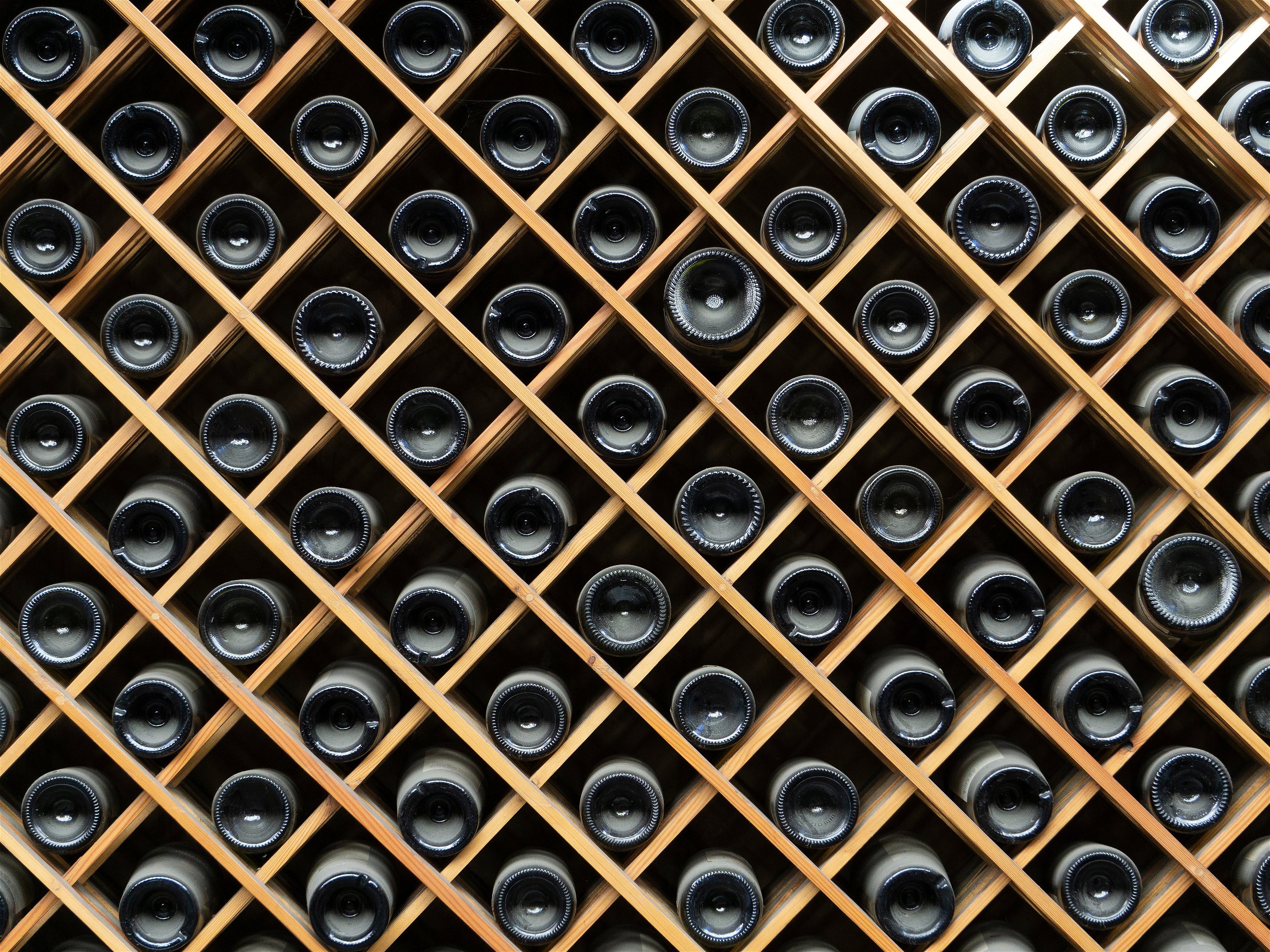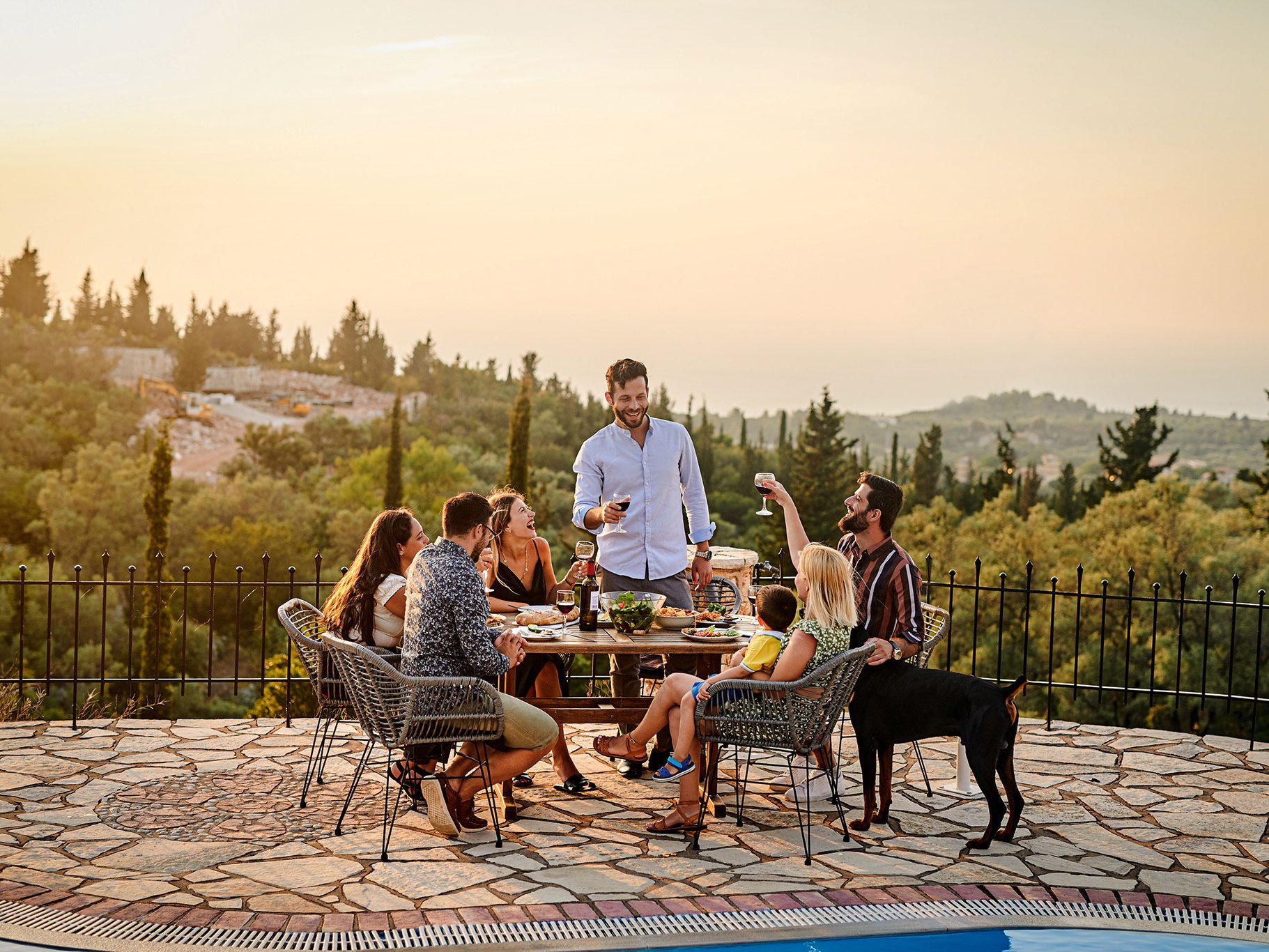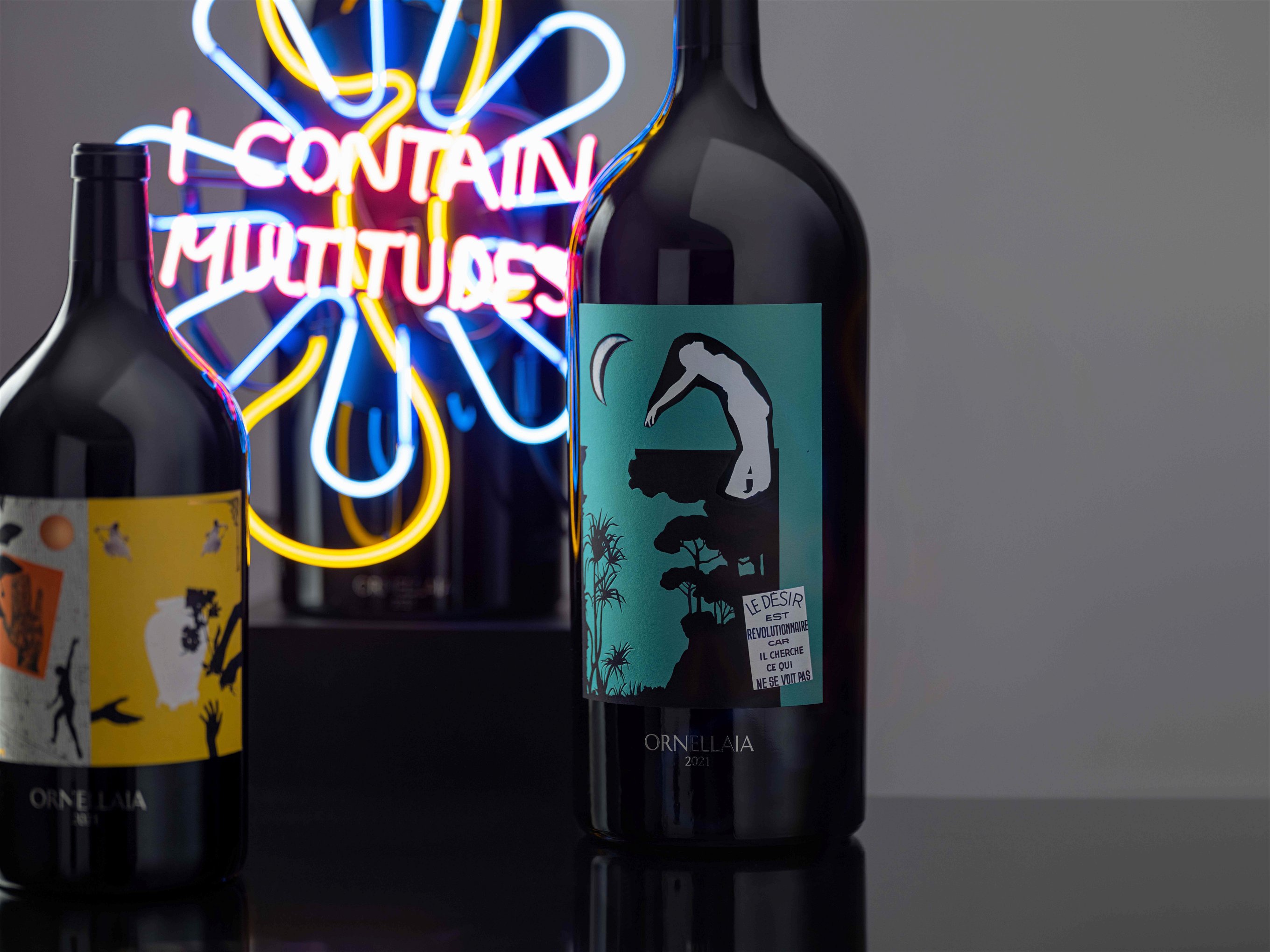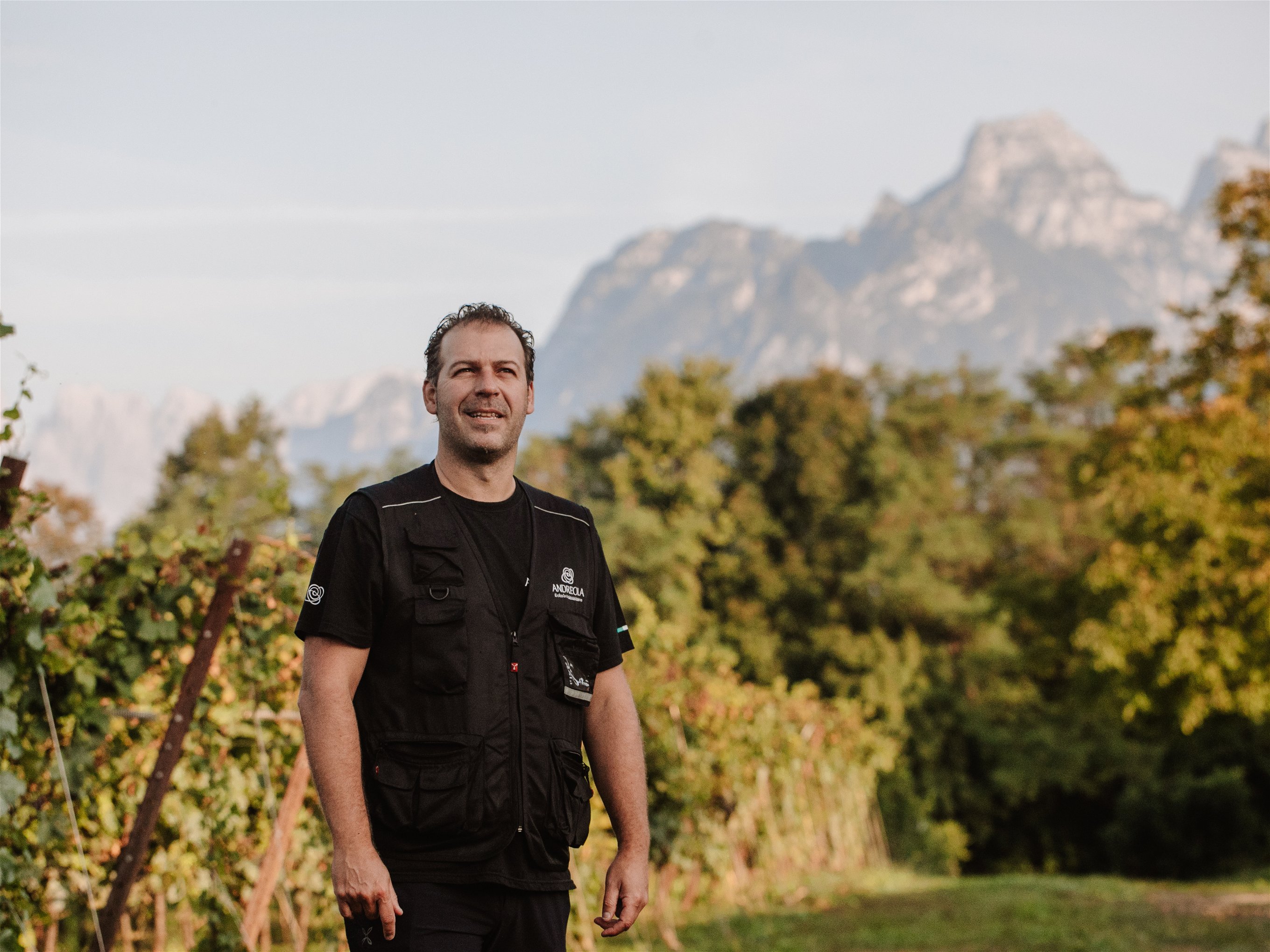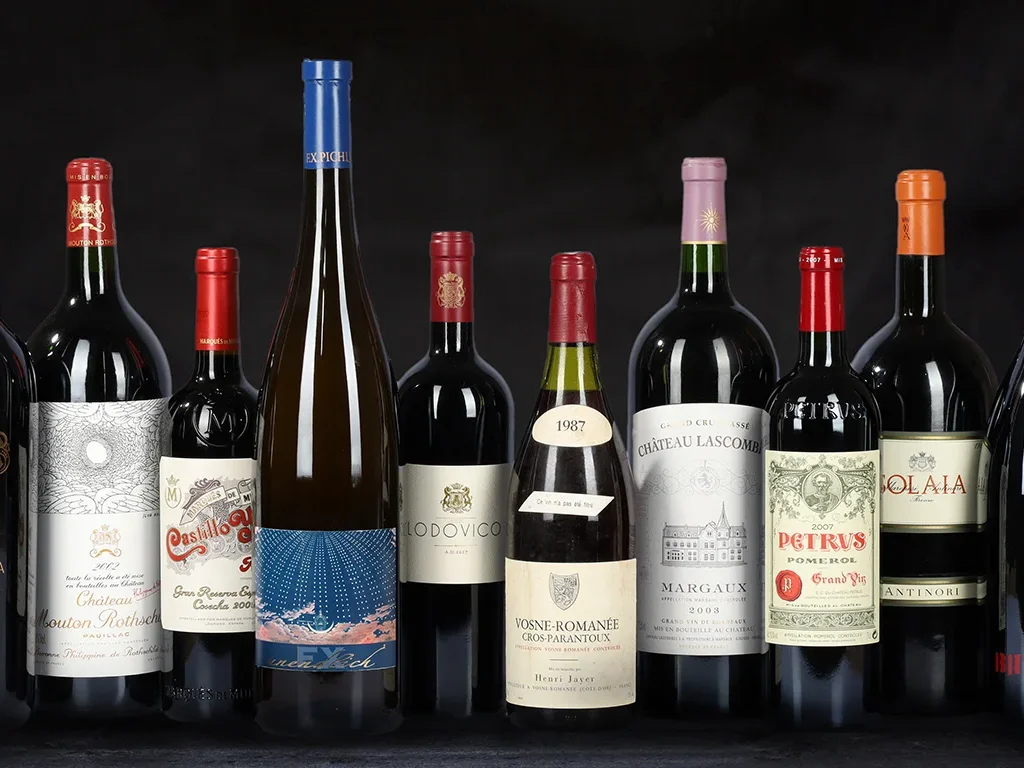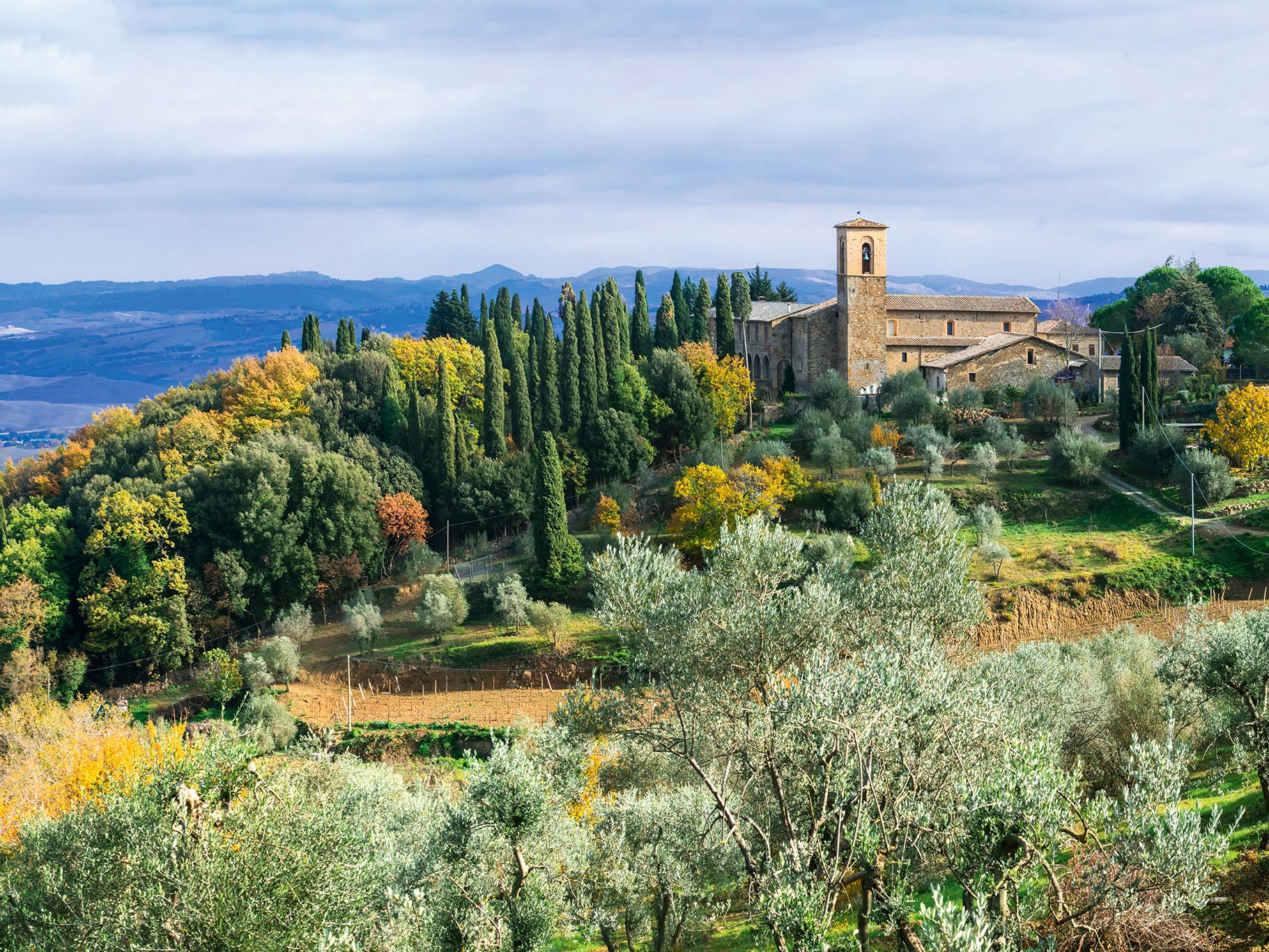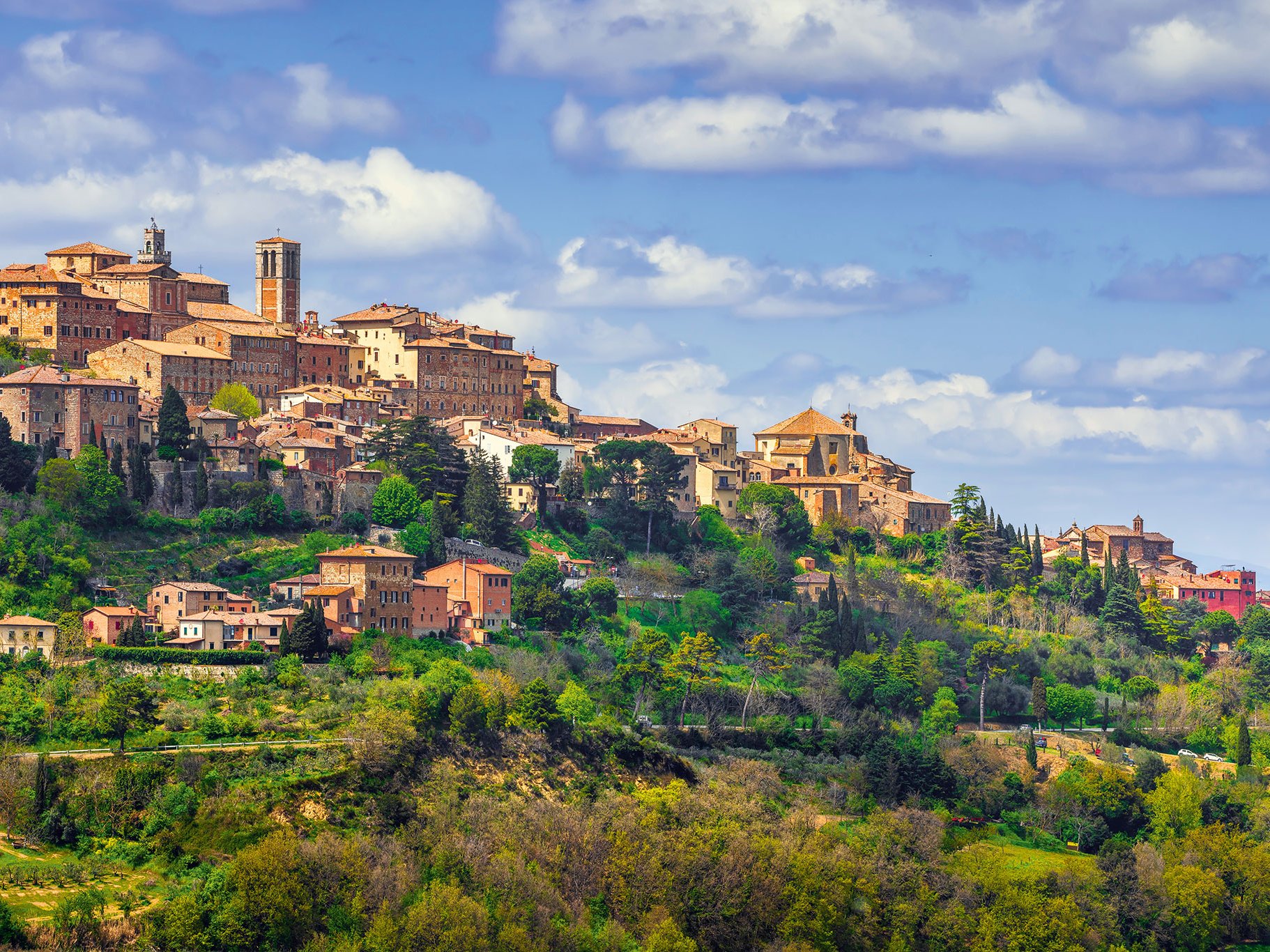The island, which belongs to France, is much closer to Italy than to France, which is also reflected in viticulture, where Italian influences predominate. On the very mountainous island with many valleys, viticulture was probably practiced by the Phoenicians long before the birth of Christ. When many Moroccans moved to the island in the middle of the last century and brought their native grape varieties with them, Corsica's viticulture was in danger of drowning in plain mass-produced wines. A reorganisation of the EU in the 1980s reduced the area under vines and put viticulture on a new footing. Since then, the quality of Corsican wines has risen massively. The island has a warm, Mediterranean-influenced climate that is quite dry, and the day/night differences are relatively small due to the influence of the sea. The vines are planted up to about 300 metres above sea level. The range of grape varieties is surprisingly extensive for the island, which is 180 kilometres long and 80 kilometres wide, but the locations depend on the terroir. Granite dominates the west, slate the north, while the south tends to have limestone-clay soils as well as marl and alluvium. One of the most important native varieties is Nielluccio, whose origins are thought to be in Italy and which is found especially in the north of the island. However, Vermentino - also from Italy - and the autochthonous variety Sciaccarello are also cultivated. International varieties such as Pinot Noir are on the rise. Almost one third of the production consists of rosé wine, the rest, apart from about 10% white wine, is dominated by red wine. A particular speciality is Muscat du Cap Corse, natural sweet wine. Almost 70% of the production is determined by cooperatives.
